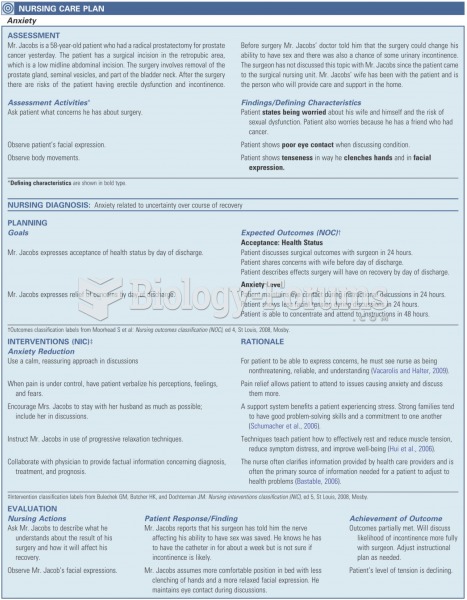This topic contains a solution. Click here to go to the answer
|
|
|
Did you know?
When blood is deoxygenated and flowing back to the heart through the veins, it is dark reddish-blue in color. Blood in the arteries that is oxygenated and flowing out to the body is bright red. Whereas arterial blood comes out in spurts, venous blood flows.
Did you know?
On average, the stomach produces 2 L of hydrochloric acid per day.
Did you know?
The horizontal fraction bar was introduced by the Arabs.
Did you know?
The human body produces and destroys 15 million blood cells every second.
Did you know?
The B-complex vitamins and vitamin C are not stored in the body and must be replaced each day.







